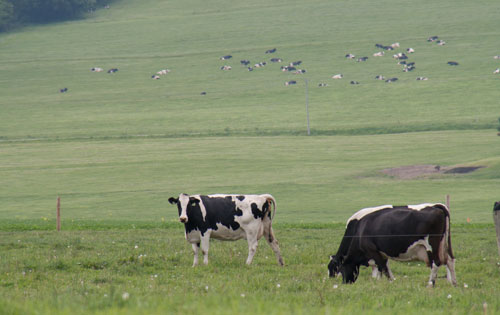
This year has the potential to be a good one for organic dairy.
First of all, organic sales are climbing, and organic dairy products seem to be flying off the shelves. Sales of organic whole milk grew 20 percent between 2013 and 2014, while reduced fat organic milk sales were up 10 percent. In all, Americans spent about $5.1 billion on organic dairy foods in 2014.
Even more important to dairy producers, though, is the price they receive for their product. In the Midwest, the current organic milk 12-month pay price is $33.13 per hundredweight. That is nearly double the anticipated Class III price for conventional milk this year.
Organic prices vary by region, and in the West where dry conditions have prevailed, the 12-month average pay price for organic milk is up to $35. Organic grass milk is garnering an even higher price tag in the West, at $39 per hundredweight.
Organic cull cows appear to be bringing a premium over conventional cull cows, too. At an auction in Oregon earlier this month, the top 50 organic cows sold for $1.35 per pound compared to $1.05 for their top 100 conventional counterparts.
At these prices, more dairies may consider the switch to organic. Transitioning to organic production doesn't happen overnight, however, and it's no walk in the park, either. Organic certification requires three years of preparation, plus enough land to pasture cattle at least 120 days a year.
And the bigger check that accompanies organic milk comes with a higher, sometimes substantially higher, feed bill. Right now, organic corn is selling for $12.20 a bushel while conventional corn is hovering around $4. Even with growing consumer demand, how much of that $30-plus per hundredweight that makes it to producers' checkbooks will depend largely on where prices for organic feedstuffs head in 2015.
February 23, 2015








